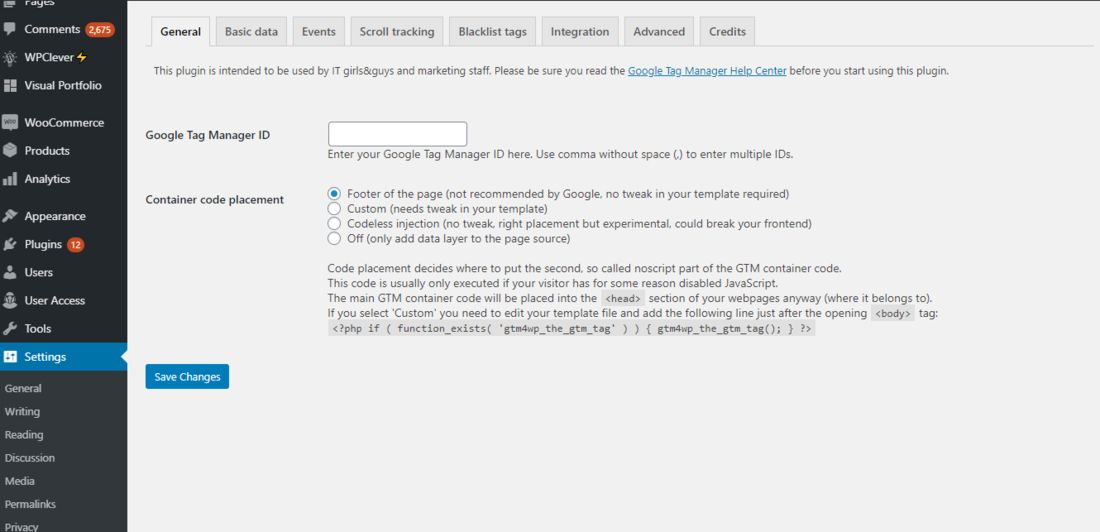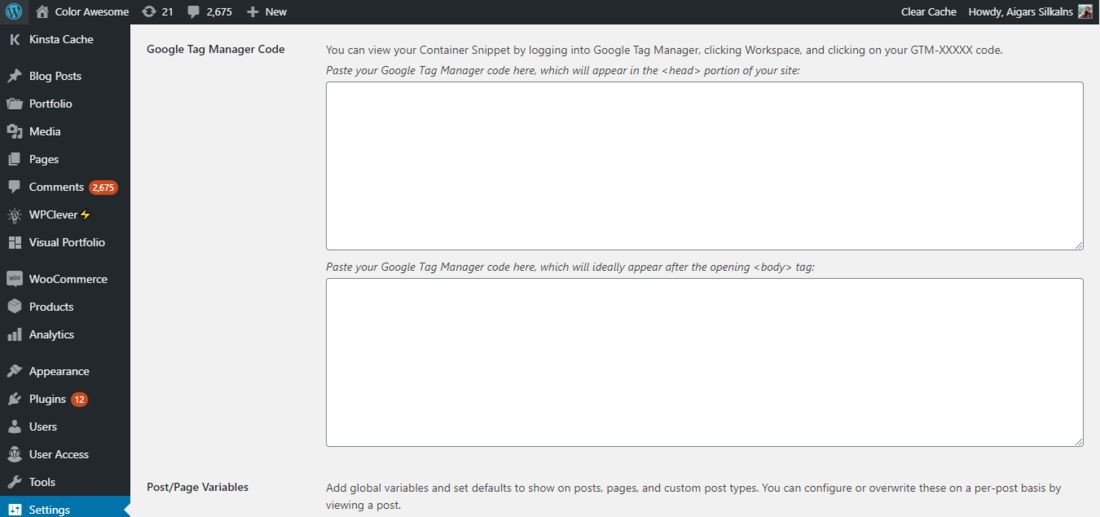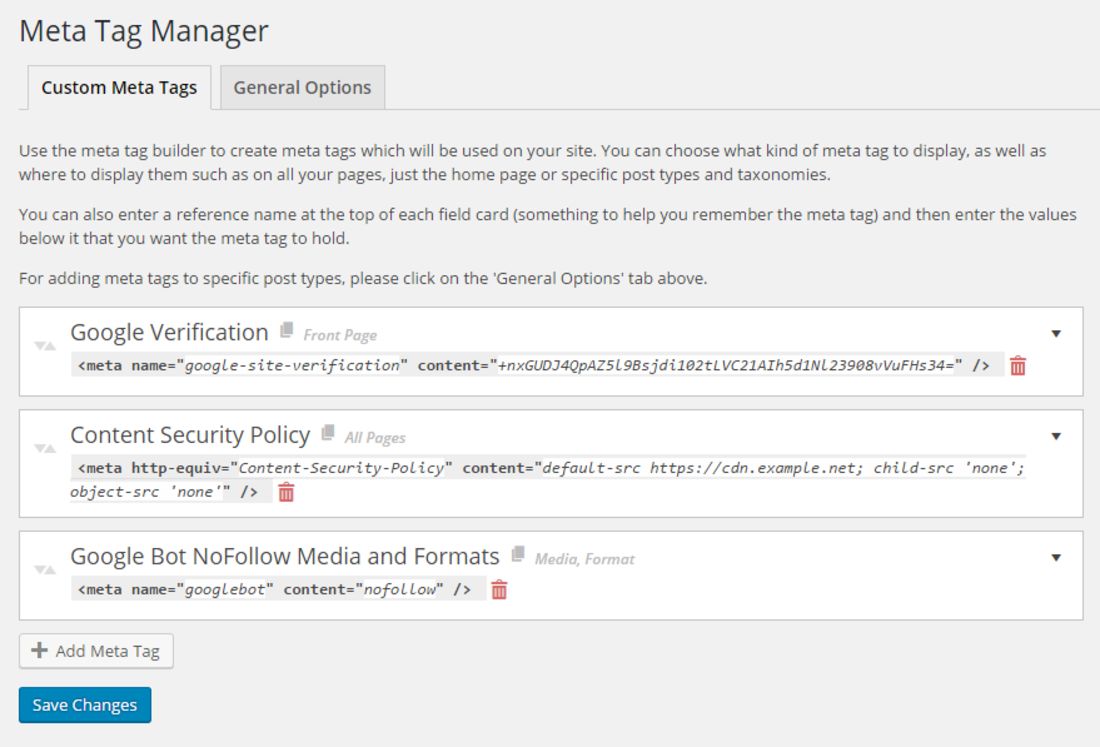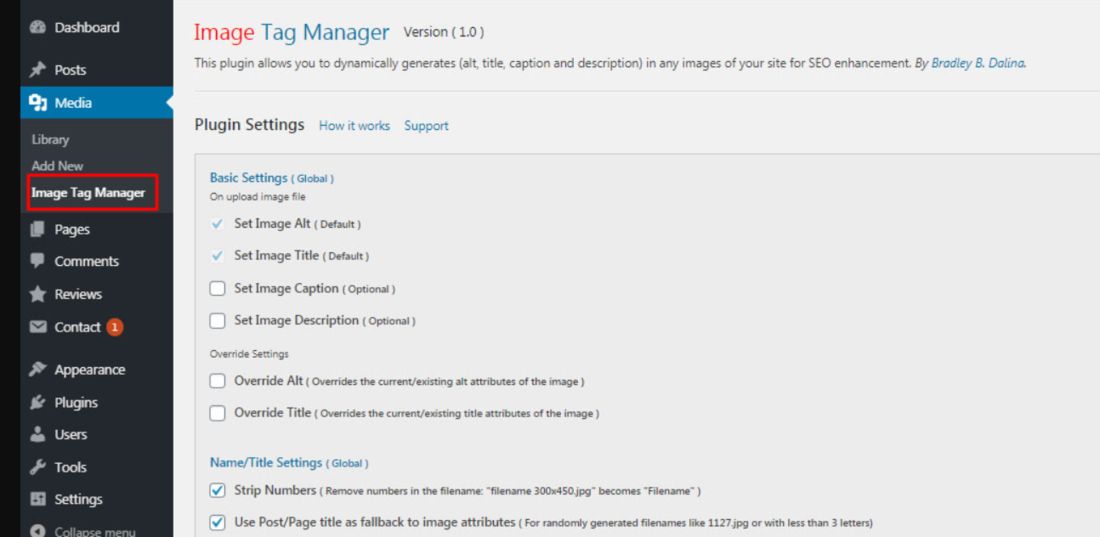Google Tag Manager is a tool that allows users and website administrators to manage and create marketing tags on their websites. It supports making the management of marketing tags uncomplicated, effortless, manageable, straightforward, and dependable by permitting social media promoters and sellers to make website tags. Some users would say that it is a straightforward platform that anyone can have without the knowledge, skills, and help of a formal website developer or engineer.
To begin with, Google Tag Manager plugins are not that so easy to use not unless you have some technical skills and knowledge and training on how to make HTML codes work—may it be a self-taught learning process through watching video tutorials and reading related articles about it, or you had graduated from an IT course. You need background knowledge about HTML to understand how to set up Google Analytics through these tag managers plugins. Once you know how these things work, it would be an easy as a pie sort of plugin installation.
Regarding definitions or some background where tag managers started, you might have encountered Google Tag Manager (GTM) while scrolling through the internet pages. However, those words might still confuse you. We’ll provide some of the critical matters regarding GTM to help you understand it better.
Google provides free software, which is now what we call Google Tag Manager. It enables you to install different codes or tags on your websites, such as remarketing tags, Adwords conversion script, Google Analytics event codes, Google Analytics tracking code, and more.
There might be some confusion between Google Tag Manager and Google Analytics. Given that these two are essential, they still have different purposes. Yet, when it comes to convenience, GTM always wins. GA needs to use various codes to run or update each event on a website.
On the contrary, all tags are inside the GTM account with Google Tag Manager, making it more possible to maintain your page despite the number of events.
The Importance of Google Tag Manager
First, thousands of web owners use this plugin to make their tag management more accessible and reliable. It allows online marketers to install website tags in one place. You might have heard that using this tool is easy. However, you need to keep in mind that you need at least the necessary technical knowledge to set up tags, triggers, and variables.
So, let’s go back to the benefits of using GTM on your website. Once you receive the data on your Analytics, you can now customize it any way you want.
Depending on your tags, you might run your website faster than before.
Now, you probably need Google Tag Manage WordPress Plugins on your website. In this article, we collected 5 different items you can choose from to enhance your site conveniently. Read on for you to find out.
Google Tag Manager for WordPress

This plugin allows you to deploy analytics and marketing tags for free. Yes, you do not need to spend a single penny to use this GTM. It has the essential features and functionalities to help you maintain your website professionally. It also comes with intuitive web UI to work with the code snippets.
The good news is that you do not have to add the GTM container code snippets manually. This GTM plugin will do the works for you. Moreover, it supports multiple containers for better functions.
With this plugin, you do not need to edit codes or hire a developer to manage all your website tags. It easily integrates tag management solutions with its reliable and straightforward procedures. All of these for free!
The Benefits of Using This Google Tag Manager WordPress Plugin
Makes Everything More Convenient
First of all, this Google Tag Manager increases your agility. It automatically updates your website tags for you to manage your conversions and site analytics.
Google and Third-Party Tags Integration
Secondly, this tag manager plugin easily integrates with Google and other third-party tags. Lastly, it gives you peace of mind by executing other vital matters. These are the security features, error checking, and speedy tag loading. These functionalities help you save more time and work on other things to improve your website.
Lastly, it enables your team to work with the workspaces and granular access controls. Furthermore, it allows you to manage different environments using multi-environment testing.
The Key Features
This is one of the best Google Tag Manager WordPress Plugins for features. You have full control over your tags. Also, you can simplify everything, especially the tag deployment on AMP Sites.
So here are the features you might be looking for:
It supports Accelerated Mobile Pages (AMP)
This Google Tag Manager simplifies the tag deployment, supporting tags, and variables. It manages well Google’s ad platforms and other third-party tools.
GTM Doesn’t Slow Down Your Pages
It comes with asynchronous tag loading, which means that each page load independently. As a result, every page loads faster than its usual speed.
Supports Mobile App
You can update and manage your marketing metrics at-will. Then, send it to Google and other partners like Adjust, Apsalar, AppsFlyer, Tune, Kochava, etc.
Disable Tag Temporarily
This feature is ideal for troubleshooting or timed campaign. Even without deleting the tag or changing the triggers, you can do this step.
Control Over the Security of Your Website
You can do some tag blacklisting to ensure that no harmful data is coming on your pages. You may specify the tags or tag types you include or remove from your page.
Manage Your Tag Sequencing
To organize everything on your end, you have the option to fire everything before and after the tags. In that way, you can do everything the way you planned it to be.
Google Tag Manager is User-Friendly
When it comes to usability, this plugin is one of the best to improve your WordPress website. It comes with a unique and easy-to-use interface for better functionalities.
More info / Download
Metronet Tag Manager

You can fully integrate this Google Tag Manager to your website with this plugin. You can set it up whenever you want. The good news is that it will gather your tracking scripts for letting you use these scripts accordingly.
However, implementing the rules all by yourself could be a crucial thing that you need to consider. It is not always easy to set a dataLayer variable before loading the manager-script or push an HTML event handler using the variable “event” without the ability or access to your site’s code.
That is where the Metronet Tag Manager takes over. It unlocks other benefits and features that enable you to create better scripts for your website.
More info / Download
Here’s the Metronet Tag Manager Amazing Features:
This plugin has incredible features making your site function well. It lets you add as many data layer variables as you need on a per-post and per-page basis. Moreover, you may also separate the two different variables for archives.
Once you have the six pre-defined dataLayer variables, you can easily edit, remove, or test them on your system. Afterward, you can load them on your posts and pages.
In the WYSIWYG, you can create a unique ID using the GTM TinyMCE button. It allows you to include an HTML event handler to the content links with the GTM TinyMCE button.
Another thing you need to consider is that you need to do some slight customization to make it work. For you to enable it, you have to add the code after the tag. The WordPress site wouldn’t let you load scripts instantly without doing so.
Meta Tag Manager by Marcus Sykes

Meta Tags Manager is the simplest, easy-to-use WordPress meta tag manager plugin install. It has options to include customized metatags. It supports meta tags such as the name, property, URL name, set of characters and attributes of item properties.
After installing this plugin, the user can input additional meta tags to posts and choose what posts to show with those meta tags on the settings page. User can also be able to add universalized meta tags that can also be seen on your posts, and any pages within your site. It also includes Google and Yahoo tags wherein it verified the meta tag to Google and Yahoo. Through this plugin, you can also include an open graph for viewer statistics, from Twitter or any other social media sites that are not yet supported with search engine optimization (SEO) or meta plugins through HTML codes.
More info / Download
Image Tag Manager by Bradley B. Dalina

If you are looking for a specifically image tag manager WordPress plugin, this plugin made by Bradley B. Dalina can specifically do that for you. It collects all the images from your posts with meta tags and compiles it into one whole theme or set of images with the same tags. Plus, it can also change the filename into a meaningful one for the users to ease into a useful search engine.
However, the settings are limited. The meta tag manager can override in posts, titles or headers, or from the words from the blog posts, however is limited for any additional extra such as in the global settings.
This WordPress meta tag manager plugin specifically intended for loading images works only specifically in WordPress posts, and just a reminder from the creator: all the images that those meta tag manager compiles cannot be saved in a database, if you are looking for that functions as he also says that the option for setting are limited and is still on progress to perfection.
But here is the catch, for data saving attributes settings, it leaves a mark on your website. Even if the plugin isn’t there with you anymore, it stays with your website forever.
More info / Download
Tag Manager - Header, Body and Footer By YYDevelopment

Looking for a WordPress tag manager that uses codes for a more hands-on approach? This tag manager could do that for you. It supports many Google platforms such as Google tag manager itself, AdSense, analytics, Facebook pixels, and any other website that uses codes.
The tag manager is so simple, and it allows you to include codes into your website on the top or header section, on the whole post itself, the footer at the end where all the possible tags could end.
If you use Google Analytics and all the supported platforms mentioned above by this website, you can incorporate this plugin to add codes and snippets for additional functions. The tag manager allows you to include location stats and special features or functions from your site’s head to bottom section—everything is all covered.
This tag manager is simple and hands-on for all aspiring web-bloggers who want to have comprehensive analytics for audiences on their sites. Talking about the concept of forever, this tag manager is free, and the creators keep it that way until the future holds. No upgrades are available, and no additional premium is needed. All they wish for you to do is write them feedback regarding improvements or reviews.
More info / Download
Establishing WordPress Google Tag Manager Plugins On Your Websites
Setting up the best WordPress Google tag manager plugin for your site is easy, especially if you know what your craft is all about. However, things need time before we can master them, and mastering how to use this plugin, including its technical side, would allow you to use it all by yourself efficiently. But from all that difficulties, you would be able to get what you deserve for the functions and features of a Google tag manager plugin. You could help you more than what you expected in many ways, such as enhancing the marketability of your WordPress websites.